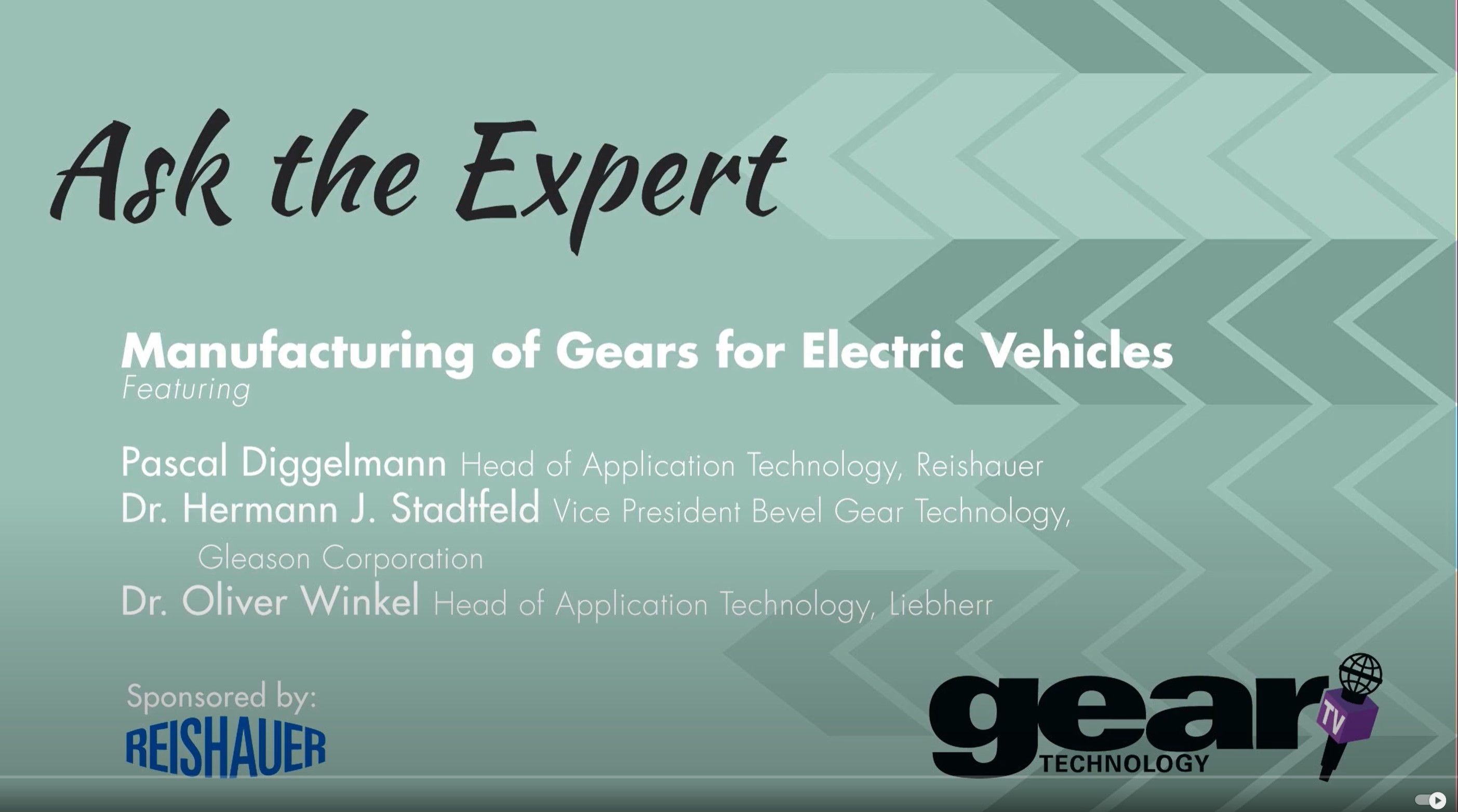Ear-to-Gear Ratio: An Uncanny Valley of Sound
What will the future sounds of vehicles be?
When it comes to noise, vibration and harshness (NVH), I’m reminded of that dog-van scene from Dumb and Dumber where Jim Carrey says, “Want to hear the most annoying sound in the world?” and then proceeds to emit an astonishingly awful noise. Annoying as NVH may be, it’s a key metric in drive-system development for e-mobility, and the careful design and manufacture of gears are crucial to minimizing NVH as tolerance variations can result in large differences between nominally identical components. Failure to factor for NVH will force manufacturers to adopt absorbent masking techniques that will add weight or cost or both — plus reduce energy efficiency. And the exterior sound is tightly regulated in most road vehicles, but while internal combustion engine (ICE) cars must be quieted, governments require almost silent EVs and hybrids to be equipped with acoustic vehicle alerting systems to improve safety for pedestrians. This presents a challenge as well as an opportunity to automakers to design sounds that conform to these regulations but that also project the correct character for the vehicle and the brand. So, vehicles will sound like something, but what will that be?
In 1970, a Japanese professor of robotics, Masahiro Mori, identified a phenomenon he referred to as bukimi no tani genshō, which was subsequently translated into English as the “uncanny valley” by Jasia Reichardt in her 1978 book Robots: Fact, Fiction, and Prediction. The uncanny valley is meant to describe the extent to which something synthetic resembles something familiar — and the intuitive distance we perceive, between what’s real and unreal, conjures a negative emotional response, a sense of unease as if we know we are in the presence of something false. Research has been conducted on the uncanny valley in various contexts, including sound.
Psychoacoustics — the science of the relationships between aural stimuli and the responses NVH produces in people — isn’t the branch of engineering that leaps to mind when considering all the disciplines required for developing vehicles. While noise and vibration cede to objective measurement, harshness involves a more subjective assessment. The soundscape in and around an EV is culturally unfamiliar, so it will be subject to intensive R&D effort as OEMs strive to make their vehicles and brands more distinctive.
What would be considered normal road noise and vibration in an ICE may seem harsher or rougher in an EV because of the way we perceive and process sound and vibration. Vehicle gearbox whine is a common NVH problem that causes troubling quality and performance issues, but to fix the phenomenon efficiently and fundamentally, something must be done to control the ambient air that is the main transfer path of radiation noise. Because the frequencies correspond with the upper end of human hearing, these sounds can be painful.
It’s important to analyze the components, systems, and assemblies that make up a complete vehicle both separately and together. The overall soundscape is the whole of acoustic sources and takes into account the transfer path of each one to the driver’s and passengers’ ears.
Improved acoustic comfort can come at the cost of increased weight which affects the vehicle’s overall energy efficiency. However, the growing pressure for energy efficiency presents NVH engineers with a continuously shrinking weight budget. Ideally, future structural design and optimal integration strategies will minimize transfer paths because noise-dampening materials should be a last resort.
It also bears mentioning that, at some point, sound engineers will be faced with a host of new expectations for the interior experience of autonomous shared vehicles from riders rather than drivers and customers rather than owners. Because driving will no longer be the focus of attention in a self-driving car. And personalization will take other forms when: “You’ll own nothing. And you’ll be happy. Whatever you want, you’ll rent. And it will be delivered by drone.” In 2016, that was number one of eight predictions The World Economic Forum submitted for what the world will look like in 2030.
Apart from what Hollywood’s sound engineers have done to bring the vehicles of science fiction to life in film, there isn’t a common precedent for what an EV should sound like to us. There are many psychoacoustic roads that can be taken toward that end, which could involve altering the real sounds of an EV into something as familiar as an ICE (not unlike the principle of an ICE vehicle being equipped with a sound symposer to make it sound more like, ironically enough, an ICE) or something entirely novel that manufacturers may develop into their signature sound for the electrification era.
Whatever direction we venture into the uncanny valley of sci-fi vehicle sound design, the biggest takeaway is that — while synthesized sources have a place — there is a special part of our consciousness that more readily finds the most compelling sounds originate from organic sources like the laugh tracks that were meant to simulate a live studio audience on television.






